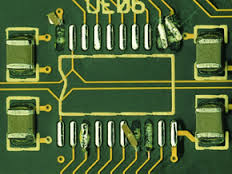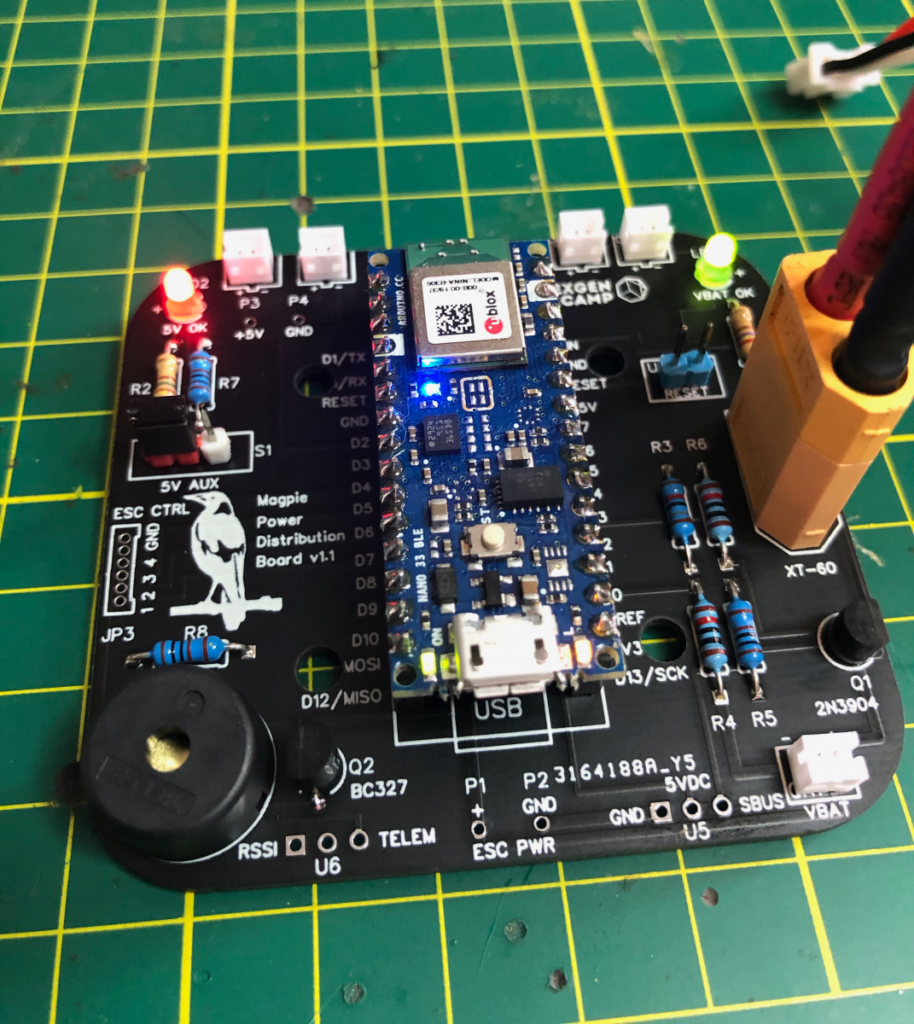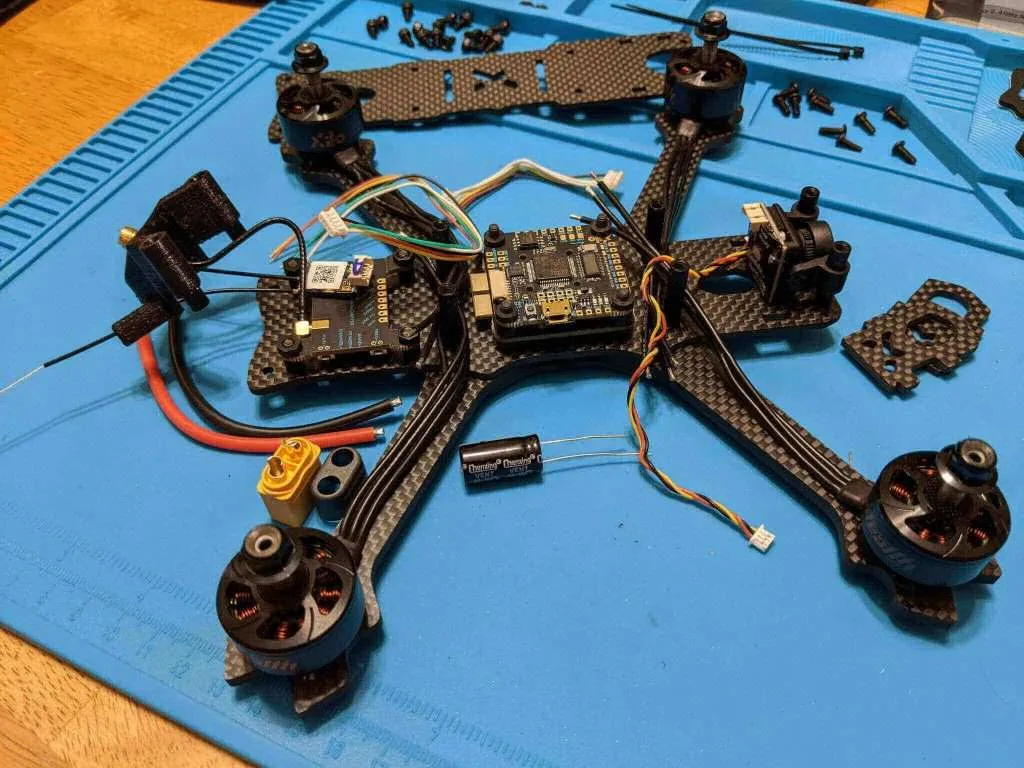PCB Reverse Engineering Data Evaluation

PCB Reverse Engineering Data evaluation has an very important step after data collection is data evalution, the purpose of the data evaluation phase is to identify the missing data required, develop the PCB Reverse Engineering Cost-Estimates and Schedules, and establish an economic point of diminishing returns for re-evaluation of the effort throughout the pcb reverse engineering process.
PCB reverse engineering for unmanned aerial drones (UAVs) requires a precise and systematic approach to evaluate the data collected from the physical PCB board. This evaluation process ensures that every detail—from dimensions and layer count to track complexity and key components—is accurately captured for further analysis, replication, or modification. Here, we outline the key aspects of PCB reverse engineering data evaluation, focusing on UAV electronic systems, which typically demand high reliability, lightweight design, and advanced functionality.

1. PCB Dimension Measurement and Form Factor Analysis
The first step in evaluating a UAV PCB is accurately measuring its dimensions, thickness, and form factor to ensure compatibility with the drone’s structure.
- Board Size & Shape: UAV electronics are often designed with compact layouts to fit within tight enclosures, requiring precise dimensional measurements.
- Mounting Holes & Connectors: Identifying mounting positions and edge connectors helps maintain compatibility with the drone’s overall electrical system.
- PCB Thickness: UAV PCBs often use lightweight materials like high-performance FR4 or ceramic substrates to enhance durability while minimizing weight.
2. Layer Count and Stack-Up Complexity
Understanding the PCB layer count is crucial for proper reverse engineering.
- Single & Double-Layer PCBs are common in basic drone modules, such as motor controllers and LED indicators.
- Multilayer PCBs (4-layer, 6-layer, or more) are found in flight control systems, GPS modules, and communication circuits, requiring advanced evaluation techniques such as X-ray imaging to inspect hidden traces.
- Special Substrate Materials (e.g., flexible PCBs or high-frequency laminates) must be identified for proper reconstruction.
3. Complexity of Track Patterns & Signal Routing
Drone PCBs typically feature high-density track layouts optimized for performance and efficiency. Evaluating the complexity of PCB traces involves:
- Power & Ground Planes: Checking for separate power distribution layers to ensure stable voltage supply to drone components.
- High-Speed Signal Traces: Identifying differential pairs, impedance-controlled traces, and RF signal paths used in UAV communication and sensor systems.
- BGA & Fine-Pitch Components: Mapping hidden connections under Ball Grid Array (BGA) chips using X-ray inspection to reconstruct routing patterns accurately.
4. Key Component Identification and Functional Analysis
A detailed Bill of Materials (BOM) extraction is necessary to analyze the PCB’s functional design.
- Microcontrollers & Processors: UAV flight controllers typically integrate ARM-based MCUs, FPGAs, or AI processors for real-time data processing.
- Power Management ICs: Evaluating voltage regulators, DC-DC converters, and MOSFETs ensures that the PCB can handle power demands efficiently.
- RF & Communication Modules: Identifying components such as LoRa, Wi-Fi, Bluetooth, and GPS modules is essential for long-range drone communication and navigation.
- Sensor Interfaces: Checking the presence of gyroscope, accelerometer, barometer, and LiDAR sensor connections helps understand the UAV’s control architecture.
5. Data Integrity and Validation

After collecting and evaluating all PCB data, it is essential to ensure its accuracy before proceeding to schematic reconstruction and prototype development.
- Cross-checking measured values with component datasheets to confirm correct electrical characteristics.
- Comparing track layouts with expected signal paths to detect potential design modifications or optimizations.
- Reconstructing the schematic diagram to visualize functional relationships between different UAV subsystems.
Conclusion
PCB reverse engineering data evaluation for UAV electronics is a meticulous process that involves analyzing physical dimensions, layer structure, circuit complexity, and key components. By ensuring data accuracy and completeness, engineers can successfully reconstruct, optimize, and modify drone PCB designs for research, manufacturing, or performance improvement, we provide high-precision UAV PCB reverse engineering services, ensuring detailed evaluation and reliable data extraction to support your aerospace and unmanned systems development.

The objective of this phase is to review the documentation so that the tasks necessary to complete the technical data package may be itemized and scheduled.
Circuit Engineering Co.,Ltd has dedicated personnel to handle this process which many years of experience in this field which will help customer customize and optimiz the PCB Reverse Engineering Cost-Estimates and Schedules.
Tags: pcb assemble reverse engineering,pcb assembly reverse engineering,pcba reverse engineering

